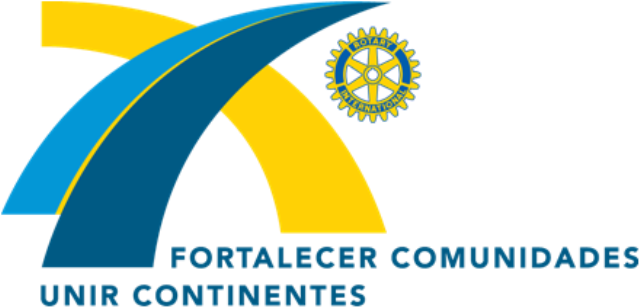By Arnold R. Grahl
Rotary International News
March 2009
Forty-four districts have applied for the Future Vision Plan pilot, with 175 to 200 total applicants expected before the deadline of 15 May.
"It is still too early in the application process to analyze the geographic distribution or other details regarding the districts applying to be in the pilot," Mark Maloney, Future Vision Committee member and past RI director, told regional Rotary Foundation coordinators (RRFCs) 9 March during an annual training meeting in Chicago.
"What we can report is that we are confident that the Foundation will have a large and diverse enough pool of applicants to select a group of pilot districts that will effectively represent the Rotary world and help us thoroughly test the Future Vision Plan during the pilot phase," he said.
Maloney urged the RRFCs to promote the plan among their districts, and the Foundation is asking them to secure five applications each from their regions.
"The Trustees believe the Future Vision Plan simplifies Foundation programs and administration, aligns outcomes with the mission of the Foundation, increases ownership at the local level, and provides necessary funding and resources to achieve the goals of our Foundation," Maloney said.
The Future Vision pilot, which will begin 1 July 2010, is a three-year test of a new grant structure. Districts have until 15 May to apply online to be part of the pilot.
To simplify the grant-making process, the plan offers only two types of grants: Rotary Foundation District Grants and Rotary Foundation Global Grants. District grants, modeled after the existing District Simplified Grants, are block grants made to districts for up to 50 percent of their District Designated Fund and can be used for a wide variety of activities. Global grants support larger, international projects with sustainable, high-impact outcomes in one of the six areas of focus.
District governors-elect, district Rotary Foundation committee chairs, and RRFCs will receive training on the pilot immediately before the 2010 International Assembly in San Diego, California. Clubs in the pilot districts will undergo training during the 2009-10 Rotary year.
Maloney said there will be advantages to participating in the pilot. Pilot districts will be able to provide input into the refinement of the grant structure, receive specialized support and service, and have earlier access to more funds to use at their discretion. The current District Simplified Grants program allows districts to request only 20 percent of the DDF, while the new district grants will permit up to 50 percent.
At the same time, the pilot districts must commit to three years and will need to be patient and flexible, he said, as some changes may occur as the pilot moves forward.
"We are standing at a moment of unprecedented change and unequaled opportunity," Maloney said.
John Osterlund, the Foundation’s general manager, told the RRFCs that giving to the Foundation in the current economic climate is more important than ever. He noted that giving has been up 1 percent so far this year compared with last.
"Despite this economy, we will meet our commitment to the children of this world and End Polio Now," Osterlund said. "In this economy, I want Rotarians to realize the importance of their contributions to The Rotary Foundation. Communities around the world are counting on us. We can't let them down."
For more information
Apply now through Member Access
See a video of Future Vision Committee Member Mark Maloney explaining the pilot
Read more about the Future Vision pilot
Download a PDF with answers to frequently asked questions
miércoles, 25 de marzo de 2009
Suscribirse a:
Enviar comentarios (Atom)








No hay comentarios:
Publicar un comentario